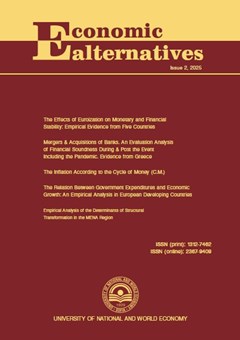Threshold Dynamics of Public Expenditure on Human Development: Reflections from India
Authors: Neelam Sharma, Amit Srivastava, Sakshi Khanna
Abstract
The study investigates how changes in public expenditure affect human development across India and its six distinct regions (North-Eastern, Northern, Western, Southern, Eastern, and Central) using Hansen’s panel threshold regression model. Analyzing data from 1999–2000 to 2018–19, the research uncovers significant differences among regions in the threshold impacts of public spending on human development. The results for pan India, North-Eastern, Central and Southern regions exhibit a singular threshold impact, meaning that exceeding this very threshold level may not positively influence human development and could lead to fiscal imbalances. In contrast the Northern, Western and Eastern regions illustrate no threshold effect. Furthermore, the study identifies that the optimal expenditure threshold is higher for the North-eastern region (81.9%) compared to the Central region (77.2%) and Southern region states (68.4%), reflecting higher expenditure requirements to enhance human development levels. In the case of combined data of all regions (pan India), the optimal level exists at (80.5%), indicating effective government measures in education, entrepreneurship, and health. The findings highlight the diverse impact of budgetary policies on human development across Indian regions, emphasizing the need for policymakers to consider regional differences in social infrastructural needs while formulating budgetary strategies. Recognizing the varying optimal expenditure levels is crucial for addressing long-term budgetary imbalances and promoting sustainable development initiatives.

